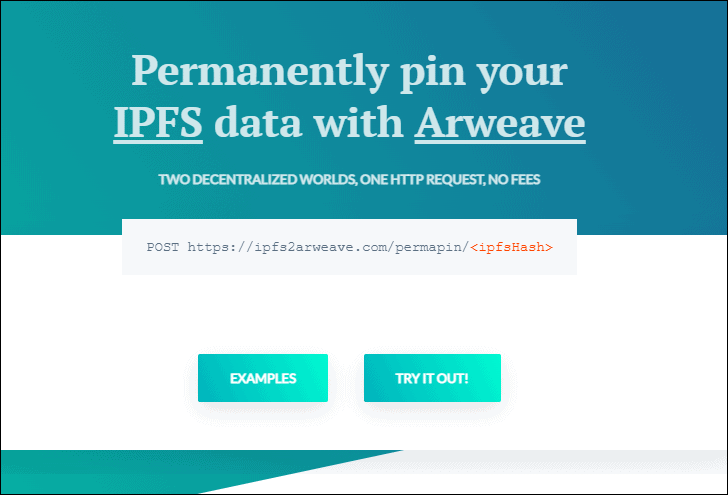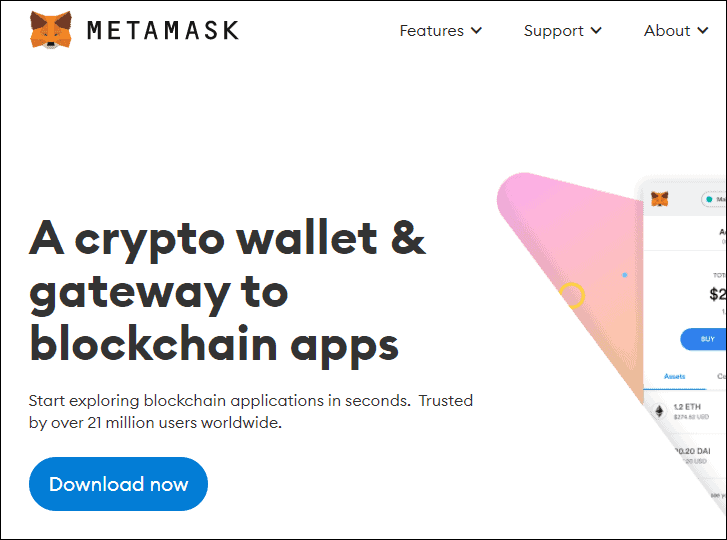NFTs are becoming one of the hottest trends. It’s a piece of internet everyone’s showing interest in, not just the tech geeks. Whether it’s just a fad or here’s to stay, there’s no saying. But currently, people are participating in the trade of NFT fervently.
Still, when it comes to NFT, there’s so much that’s shrouded in mystery. And what you don’t understand about them could hurt you. So, if you’re thinking about buying an NFT, here’s your chance to clear the air on a very important aspect. How long do NFTs last?
Some people would be quick to say “forever” to this question. Those people, however, would be utterly wrong. Ideally, they shouldn’t be as NFTs really should last forever. But turns out, the reality is different, as is often the case with reality.
Where Do NFTs Live?
To understand what we’re talking about, you must have a brief understanding of how NFTs work. NFT is a non-fungible token that is used to determine ownership of mostly digital, but sometimes physical, assets.

NFTs leverage blockchain technology to provide this proof of ownership or a certificate of authenticity as they are sometimes called. A blockchain is a decentralized, mostly publically distributed ledger used to record information.
Blocks in a blockchain are generally considered immutable since they are not easy to modify. It would require a considerable amount of resources and computational power to do so successfully and get away with it. Once a transaction is recorded on a blockchain, it’s forever.
With this logic, NFTs should last forever, right? Wrong. Blockchains are great for storing transactions, but not so great for storing digital files. Most digital files, even an image, are too big for direct storage on the blockchain.
And hence, an NFT doesn’t technically live on the blockchain. Its smart contract does. But the actual file is often stored using other means. So even if the smart contract goes on to be accessible, the digital asset it links to might not be.
Most services use web addresses to store the NFT files which can vanish from the internet any day. In fact, a few already have. Users got a “404 Not Found” error when trying to access their NFT. Website links are notoriously easy to lose hold of. If the service hosting your NFT doesn’t renew the domain name, your data will go poof. Many experts believe this is inevitable, since most services people are using are startups, and startups fail.
IPFS: A Better Alternative?
A better alternative to using website links to store NFT data is to store them on IPFS (InterPlanetary File System). But even this system isn’t entirely bulletproof.
An IPFS uses a decentralized storage system to store the files. Much like with a blockchain, nodes in a peer-to-peer network maintain the IPFS system. A node stores your file on the network. If a single node is storing your file and it disconnects from the network, you’ll still lose your file.
The only failsafe in this scenario is if several nodes in the network replicate your file and store it on their system. But there is no guarantee that this would happen. But those nodes should be interested in your file to replicate it in the first place.
Is there a Solution?
The first thing you should do when buying NFTs is to make sure to use a service that uses IPFS instead of URLs and links to store the file. But even when you’re using a service that uses IPFS, you should pin the data to IPFS.
Pinning the data makes sure that your file will always be available. There are several services you could use, like Infura and Pinata.
If you want to be extra sure, you could go one step ahead and use IPFS + Arweave, a service that not only pins your file onto IPFS but also stores a copy on Arweave. On Arweave, you can store your file for 200 years upfront for a nominal charge of $0.05 per megabyte. You can then use the interest you earn on Arweave toward future storage.

Other Ways to Lose your NFT
Up to this point, we’ve talked about ways you can lose your NFT that’s not completely in your hands. NFT platforms are the ones that should store your NFT more responsibly. At the very least, they should be very clear on the type of storage they use, how long they will store the asset and what their customers can do to store it securely themselves.
But there are other ways you can lose your NFT and this one is entirely on you. What we’re talking about here is being lax in your security measures.
By now, 2FA (two-factor authentication) should be a standard practice everyone should be using on their accounts. But it isn’t. Without 2FA, your account is vulnerable. And if someone gets access to your account, they can steal your NFTs.
And if you’re thinking about storing your NFT for many years to come, even a standard software wallet might not be the best choice. Even though seed phrases generally protect your wallet, they are still vulnerable to hacking.

Most Secure Option: A Hardware Wallet
The most secure option for storing your NFT is a hardware wallet. A hardware wallet is a piece of hardware you buy to store your cryptocurrency and NFTs. They are considered the most secure out there. Your data is stored offline and protected by a device password. In case you lose your device, you can recover the entire content using the seed phrase you get while setting up the device.
Some hardware wallets to choose from include Trezor or Ledger. But always buy them from the manufacturer’s official website. You could end up with a device that is already compromised when buying a hardware wallet from other sources like Amazon.

Whether you’re buying an NFT just because it’s cool right now or you’re considering keeping it as an investment in the long run, it’s important to know that you could end up losing them. But thankfully, there are things you can do to make sure that doesn’t happen. You can also use CheckMyNFT to check the strength of storage of your Ethereum assets.

